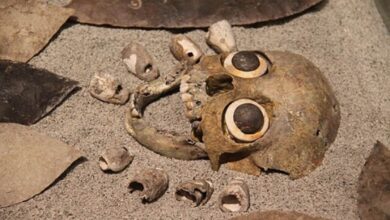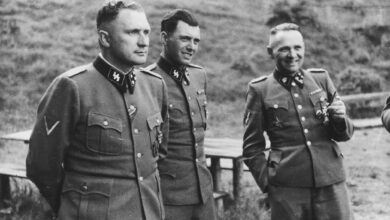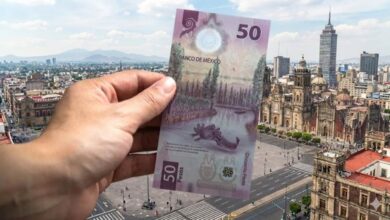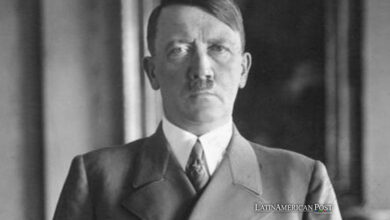Secrets in Stone: Paraguay’s Masonic Museum Unveils a Hidden History
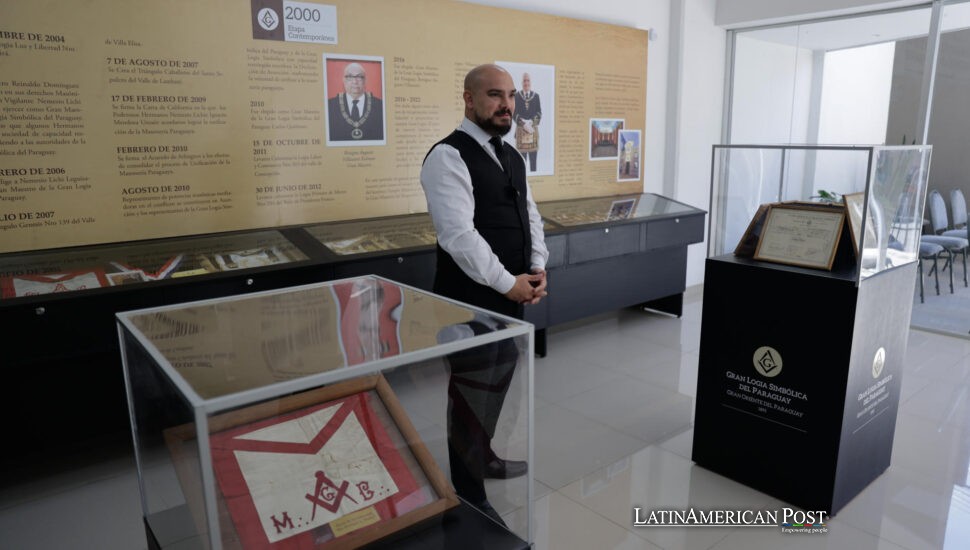
Tucked behind a modest facade in downtown Asunción, a private world of coded diaries, war medals, and forgotten presidents is stepping into the light—inviting Paraguayans to rediscover how Freemasonry helped shape the nation in silence.
From Shrouded Ritual to Guided Tour
Just after sunrise on Palma Street, downtown Asunción’s traffic whirs past an old stone building whose facade most people have walked by without a second glance. But lately, more are pausing. They crane their necks to glimpse the golden square and compass glinting above the doorway—a Masonic symbol, long whispered about and rarely explained. Now, for the first time, the door beneath it is open.
Inside, Paraguay’s oldest lodge has transformed part of its headquarters into a public museum. This new Museum of Freemasonry, housed within the Grand Symbolic Lodge of Paraguay, is no dusty relic. It’s a vibrant, meticulously curated walk through a world that, until recently, remained off-limits to anyone without a handshake and an oath.
“We felt it was time,” museum director Humberto Rossi told EFE, leading a group of wide-eyed visitors past shelves lined with yellowing documents, ritual aprons stitched with silver thread, and charred medals recovered from battlefields. “People don’t realize how much this institution helped build the republic.”
Though the museum’s collection began in 2016, entry was previously limited to lodge families. Now, it’s part of the capital’s official tourist circuit, promoted by Paraguay’s National Tourism Secretariat. As Rossi puts it, “This isn’t about surrendering mystery—it’s about embracing a more open kind of discretion.”
A Language Written in Light and Shadow
Step inside the Genesis Temple—the heart of the lodge—and the atmosphere changes. It’s quiet, but not solemn. Sunlight filters through stained glass, landing on a black-and-white checkered floor that represents life’s dualities: good and evil, reason and instinct, light and darkness.
At the far end, a triangle cradles an eye that seems to follow every movement: La Gran Providencia, or “The Great Providence.” The room is not meant to impress, but to invite reflection.
“This place teaches you to measure yourself before judging others,” Rossi whispers, his voice barely above the creak of a wooden bench.
Docents explain the symbolic tools of Freemasonry—compass and square, level and plumb—as both practical instruments and moral metaphors. Nearby displays a member’s journey through the order’s ranks, from apprentice to master.
Photographs on the walls tell their own story. There’s José Félix Estigarribia, the military strategist who led Paraguay to victory in the Chaco War, then served as president before dying in a 1940 plane crash. Next to him: Cecilio Báez, the reformist who modernized Paraguay’s school system and also wore the Masonic apron.
“Freemasonry isn’t a religion,” Rossi told EFE. “We welcome Catholics, Muslims, Jews—anyone who believes in a higher power and is committed to self-improvement through knowledge.”
The Brotherhood That Helped Rebuild a Nation
It’s one thing to see war medals or political portraits. It’s another to hold a hand-bound volume from 1869 and read its first line: “We meet again amid the rubble.”
Rossi gently turns the pages. The ink has faded, but the message hasn’t. These are the founding records of Logia Fe, the first lodge in post-war Paraguay, established by Brazilian soldiers in a capital still reeling from the War of the Triple Alliance. This conflict left the country in a state of ruin.
“Paraguay had lost everything,” Rossi said. “Freemasonry offered order. And a way forward.”
By 1871, that sense of order had taken form. Minutes from that year document the creation of the Grand Orient of Paraguay and the Supreme Council of the 33rd Degree—bodies that would guide national leadership through decades of instability. Fourteen Paraguayan presidents, by Rossi’s count, have been Masons.
Estigarribia’s wartime diary—on display in the next room—contains tactical notes beside Masonic ciphers. The entries offer a glimpse of a mind working through battlefield logistics and spiritual symbolism simultaneously. It’s jarring. But maybe not surprising.
“Masonry believes enlightenment comes from within,” Rossi said. “Even in chaos, that search doesn’t stop.”

The Quiet Builders of Modern Paraguay
Beyond the politics and parchment lies a more familiar story—one that touches hospitals, schools, stadiums, and street corners. The Masons, it turns out, weren’t just philosophers in darkened rooms. They were philanthropists, teachers, and architects of public life.
There’s a photo of William Paats, the Dutch-Paraguayan Mason who introduced soccer to the country in 1902. Next to him, a 1917 blueprint for the Defensores del Chaco stadium, designed by fellow Mason Enrique L. Pinho. Other documents outline student scholarships for rural youth, medical aid during natural disasters, and support for orphanages long before state systems existed.
A wall of famous Freemasons—Charlie Chaplin, Cantinflas, Buzz Aldrin, Voltaire, Benjamin Franklin—feels almost surreal in this modest Asunción hall. But it’s not about fame, Rossi says. “It’s about showing that the ideals we teach here reach far beyond our borders.”
At the museum’s exit, a guestbook overflows. One teenage boy wrote that the marble columns reminded him of Hogwarts. An elderly couple scrawled a note of pride after spotting Estigarribia’s Masonic tie pin. On the sidewalk, a city guide waves the next tour group toward the Historic Palma Temple—its facade now declared municipal heritage, its once-silent door propped open.
A passerby stops and asks when the next tour is scheduled to begin. Rossi beams. For a man whose world was built on ritual and reserve, the transformation is something close to joy.
“Curiosity used to make us nervous,” he said. “Now, it’s what keeps this story alive.”
Also Read: Puerto Rican Fans Flock to Vega Baja for Bad Bunny Pilgrimage
And after more than a century of whispered legacy, Paraguay’s oldest lodge is finally telling its story—not in riddles, but in full view.

